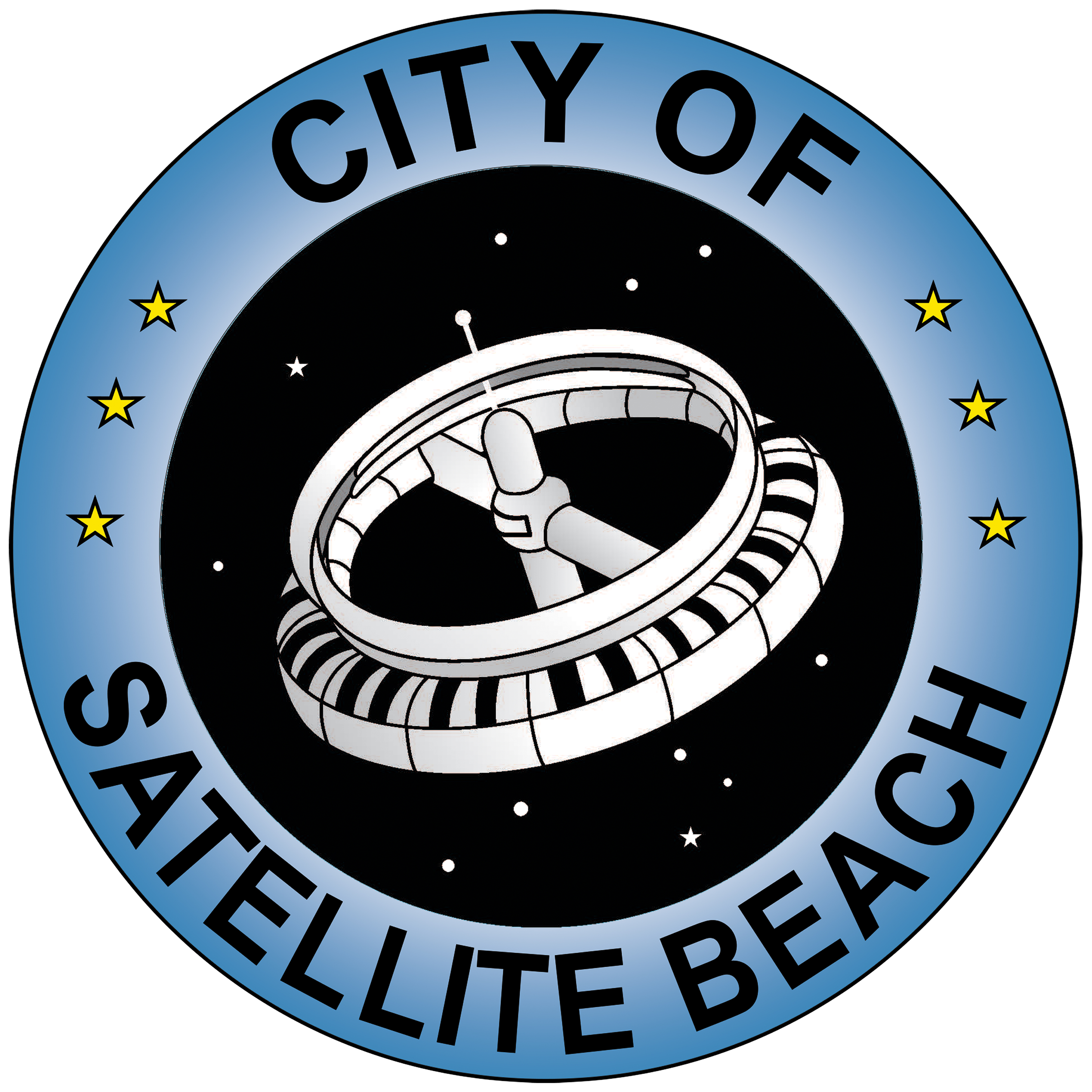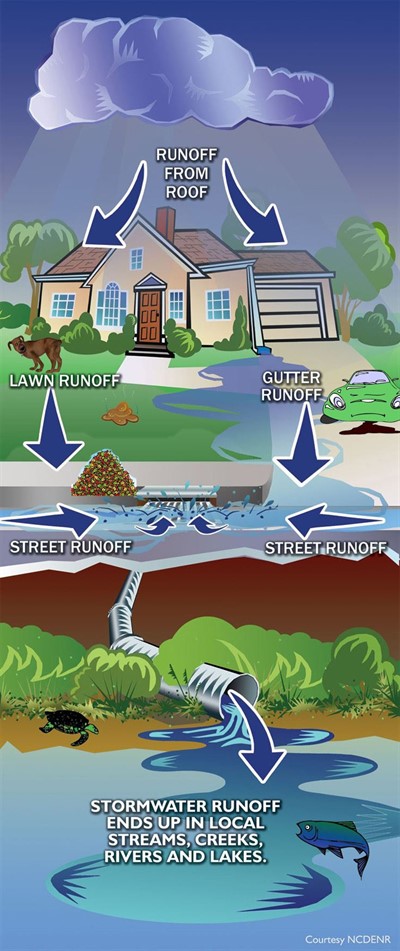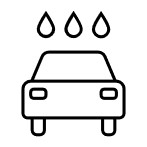 |
Wash your vehicles on grass or at a car wash.
The dirty water from your car will settle into the grass or be recycled at the car wash. If you wash your car on a paved driveway or parking lot, the dirty water ends up in the gutter. Many detergents contain phosphorous and the dirt from your car most likely contains heavy metal particulates; these are both pollutants. When it rains the pollutants are washed into the storm drain and discharged into surface waters. Additionally, environmentally friendly detergents can also be purchased.
|
 |
 |
Fertilizers and herbicides should be used sparingly.
Both contain nitrogen and phosphorous, promote the growth of algae when it is mobilized into stormwater and the Lagoon. Algae consumes oxygen, causing fish kills. It also reduces water clarity, impacting the seagrasses that need light to survive. Test your soil before applying fertilizer. Always follow the label. Never apply prior to a rain event or within 10 feet of a water body.
Fertilizers containing nitrogen and phosphorous are banned from June 1 to September 30 during the rainy season. Do your part and do not apply them during this time.
|
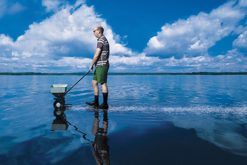
|
 |
Use Florida friendly landscaping practices.
Plant native plants, conserve water, create landscape buffers adjacent to waterways, test your soil, reduce or eliminate fertilizer use, and promote infiltration rather than runoff. Find out more here. |
 |
Avoid blowing lawn clippings and leaves into the street or dumping them down the storm drain.
Once it rains, those leaves and grass clippings and yard waste are washed into the Indian River Lagoon. Grass clippings and vegetative waste should be blown back into your yard or containerized for proper disposal. This vegetative waste causes algae blooms that decrease the amount of light and oxygen in the water and sometimes result in fish and sea grass kills. |
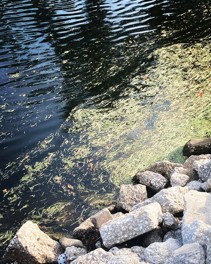
|
 |
Do not pile vegetative waste on or near storm drain inlets.
Piling vegetative waste near storm drains contributes to the nutrient and muck levels and causes blockages to the drainage system. |
 |
Pick up after your pets.
This is very important. Not only when walking, but in your yard as well. One pound of dog waste contains over 1.1 billion fecal coliform bacteria! Pet wastes can be the source for up to 95% of fecal coliform bacteria in stormwater runoff. It’s also a concentrated source of nitrogen and phosphorous that ends up in the Lagoon. When picking up after your pet, please place the waste material in trash receptacles.
|

|
 |
Do not overwater.
If you water your yard until the water is flowing out of your yard and into the gutter, that water most likely contains many of the pollutants we have talked about. These pollutants will end up in the stormwater system and ultimately the Lagoon. Watering your lawn correctly can also help prevent insect infestation. When grass is over watered, it becomes a breeding ground for insects that like to feed on roots. |
 |
Aim roof gutter drains into your yard or a rain barrel.
This diverts the water from the stormwater system and allowing it to percolate into the soil or be stored for landscaping and gardening. Look outside your window the next time it rains. Imagine all the water that’s running down your driveway being put to beneficial use in your home and garden rather than washing pollutants into our bodies of water. Find more information regarding the collection of rainwater here. |
 |
Dispose of trash and hazardous materials properly.
Liquids that end up in trash cans and dumpsters also cause stormwater contamination during the trash collection process. Trash bags tear easily, so liquids that are disposed of in trash cans create a mess when the bags are compacted in the collection truck. Please dispose of your liquids properly.
Find out what constitutes household hazardous waste and should not be disposed of in the trash here.
The Sarno Landfill accepts a variety of wastes free of charge to residents. They can be reached at (321) 255-4452. |
 |
Dechlorinate pool water prior to discharge.
Protecting our aquatic life from pool water toxins is easy. Just follow these simple tips:
- Stop adding chemicals and let pool water stand for 10 days prior to draining.
- Test the pH. It should be between 6-8.
- Use a pool test kit to make sure chlorine and bromine are not detectable.
- Where possible, drain to a grassy area, not a storm drain.
- Never dump or rinse off chemical solutions in areas draining to storm drains.
- Never discharge backwash water to the storm drain.
|
 |
Properly maintain your vehicle.
Perform maintenance indoors: Conduct car maintenance and fluid changes in a designated, covered area, not outdoors or on streets.
Use drip pans and absorbent materials: Place drip pans under leaky vehicles to catch fluids, and use absorbent materials to clean up spills.
Fix leaks immediately: Promptly address any vehicle leaks to prevent fluids from escaping.
Dispose of used oil properly: Never pour oil down storm drains or into the trash. Instead, take it to a recycling center or auto parts store for proper disposal or recycling
|
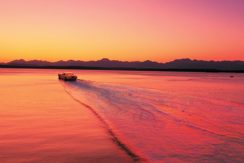
|
 |
Report Illicit Discharges.
An illicit discharge is any non-stormwater discharge/dumping into the City’s stormwater system, such as paint, construction materials, oils, and other substances. If you think you might have witnessed a potential illicit discharge or know of an illicit connection, please contact Code Enforcement at (321) 773-4409 or CommunityDevelopment@Satellitebeach.gov.
|
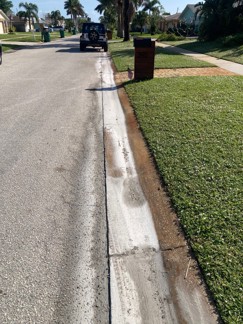
|
 |
Teach others about preventing stormwater pollution.
You have the knowledge. Educate others on how to restore the Lagoon!
|
